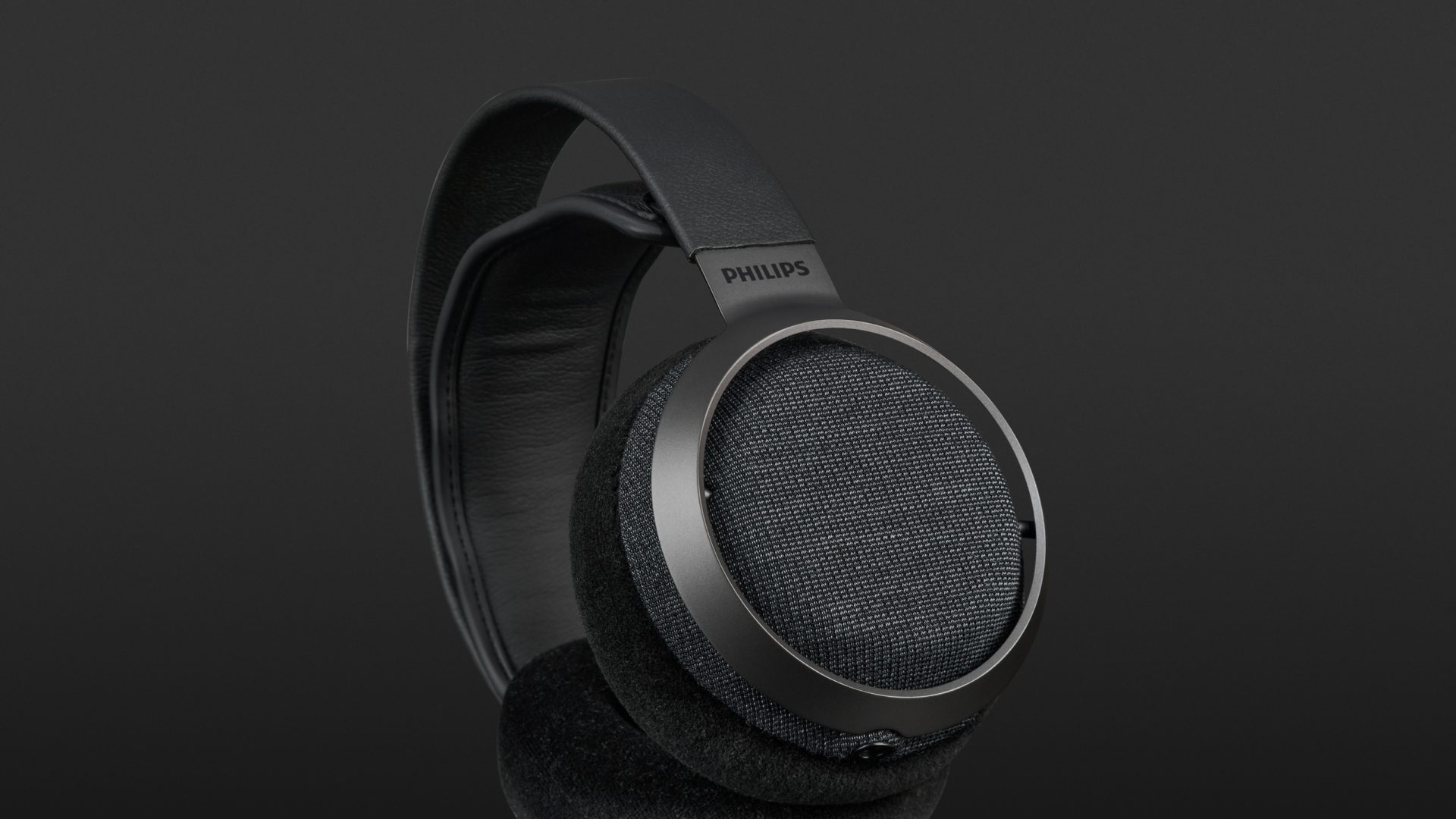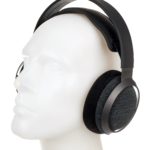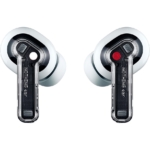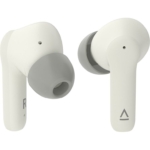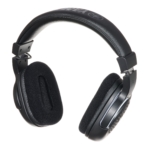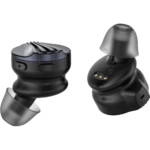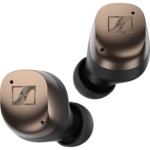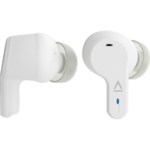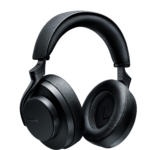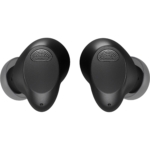In the category “HiFi headphones” The Philips Fidelio X3 present a downright cheap alternative to many other pairs of headphones with a similarly pleasing sound, but they do not necessarily belong in the 350 Euros bracket. In the test, their mix of materials and high wearing comfort also impressed me. The Fidelio X3 show their strengths with high-quality audio formats, preferably in HighRes, but even as headphones “for every day” use, I wouldn’t push them off my desk.
With the Fidelio X3 Philips are targeting an audience who are more concerned with High Fidelity than with True Wireless or Noise Cancelling. The sheer listening pleasure of these sophisticated headphones is in the relaxed, peaceful atmosphere they create.

Exterior and finish
These 380-gram headphones are – for their size – rather lightweight and impressed me when I first tried them on. With high wearing comfort, they also look elegant and visually appealing. The aluminium frame is fitted with Scottish Muirhead leather, as is the comfortable headband, which adapts to size adjustment for different head sizes with ease. The velvet-covered memory foam ear cushions offer enough room for larger ears and the Kvadrat fabric gives the open design of the X3 the necessary acoustic transparency.
Two 3-metre split cables are supplied, which are connected to the left and right sides of the ear cups with 3.5 mm plugs. One cable has a 3.5 mm stereo plug at the end (an adapter to 6.35 mm is included). The second cable is symmetrical, has a 2.5 mm TRRS plug and can therefore be connected to most HighRes players.
Open construction
The two 50 mm drivers have a multilayer membrane consisting of several layers of polymer and are filled with damping gel. The resulting smoothness and flexibility of the diaphragm is intended to provide a balanced sound. The built-in neodymium magnets, both arranged at a 15-degree angle, promise to adapt to the natural geometry of the ears so that high frequencies, in particular, are reproduced accurately.
The frequency response of 5 to 40,000 Hz recorded by the manufacturer already became apparent during my first listening tests. With 32.25 Ohm (averaged) impedance, the X3 are virtually compatible with any player, but I particularly enjoyed using them with an external DAC like the Pioneer XDP-30R, which was filled with various 96 kHz flacs in 24 bits.
So how do they sound?
I’m an avowed fan of headphones with an open construction. Their sense of space and openness as well as the feeling of not being acoustically separated from the room you are in, gives me the greatest listening enjoyment. Furthermore, open headphones do not have to struggle with the “high frequencies” of a closed acoustic system, which have to be corrected by the manufacturer through extensive tuning. If this fine-tuning – which is, of course, one of the most important steps in product development even with open headphones – is successful, then I can really enjoy my headphones. This is the case with the Philips Fidelio X3.
At first, when testing headphones, I tend to try out everyday listening tasks with the test candidate. Video streams, podcasts, and our favourite Spotify playlist all made for extremely pleasant listening experiences – this was helped by great wearing comfort and a sufficiently long cable.
On closer inspection, the Fidelio X3 impressed me in the typical Hi-Fi genres such as classical music and jazz with their brilliant power, especially apparent in the upper mid and high frequencies. What I would describe as a “silky sheen” immediately sprang to mind after listening to Gustav Mahler’s 9th Symphony on Spotify in the highest resolution (320 kBit/s) available via my computer. The orchestral atmosphere was very well resolved by the X3, you could hear single voices very well and a very nice acoustic image of the stage was created.
For testing the bass range, I like listening to jazz productions in which a double bass is allowed to unfold its tonal potential such as “The Old Country” by the Keith Jarrett Trio, and I expect headphones to transmit the depth and tone of this wonderful instrument in its entire spectrum. But the Fidelio also gave an extremely agile performance with the transient facets of the piano.
The X3 also proved capable when directly comparing a recording on Spotify and with the same recording as a FLAC file. In the MP3 version of the Voces8 choir performance “Vespers, Op.37: VI. Bogoroditse Devo by Sergei Rachmaninoff” the trebles were already finely resolved, but in the 24-bit/96kHz FLAC version, the gain in overtones was more than evident. Here the sound entered a sonic sphere that not every pair of headphones in this class can reproduce so convincingly.
Technical specifications
- Ear couplingOver-ear
- Typeopen
- Transducer principledynamic
- Frequency response (headphones)5 - 40.000 Hz
- Impedance32,25 ohms
- Sound pressure level (SPL)91,77 dB
- Pressure averaged from big and small head774 g
- Weight with cable389 g
- Weight without cable333 g
- Cable length305 cm
What's in the box
- 3 m cable (2x mono mini jack to stereo mini jack)
- 3 m cable (2x mono mini jack to 2.5 mm TRRS)
- Carrying bag









